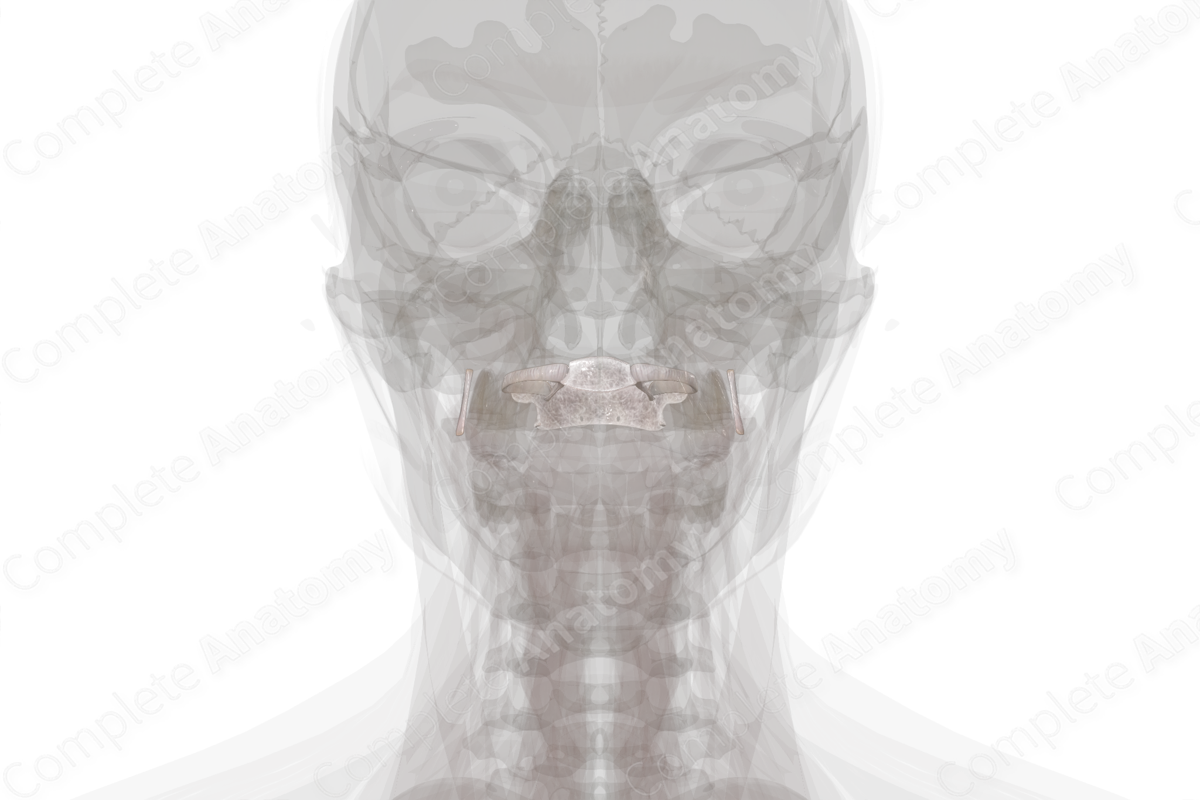
Atlantooccipital Joint Description
The atlantooccipital joint is a bicondylar synovial joint that is the bridging point between the cranium and the vertebral column. The articulating surfaces of the joint are the occipital condyles of the cranium and the superior articular surfaces of the lateral masses of the atlas (C1).
There is variety in the shape of the occipital condyles, including oval in 50%, S-shaped in 23.2% and triangular in 9% (Naderi et al, 2005). The joint is aided by numerous surrounding ligaments, which contribute to the flexion (10°), extension (20°), and lateral flexion (8° in both directions) of the cranium, as well as allowing combined rotational movements. Ultimately, the ligaments reinforce stability of the joint and prevent any bony obstruction of the spinal cord in the foramen magnum.
Related parts of the anatomy
Atlantooccipital Joint References
Naderi, S., Korman, E., Citak, G., Guvencer, M., Arman, C., Senoglu, M., Tetik, S. & Arda, M. N. (2005) Morphometric analysis of human occipital condyle. Clin Neurol Neurosurg, 107(3), 191-9.




